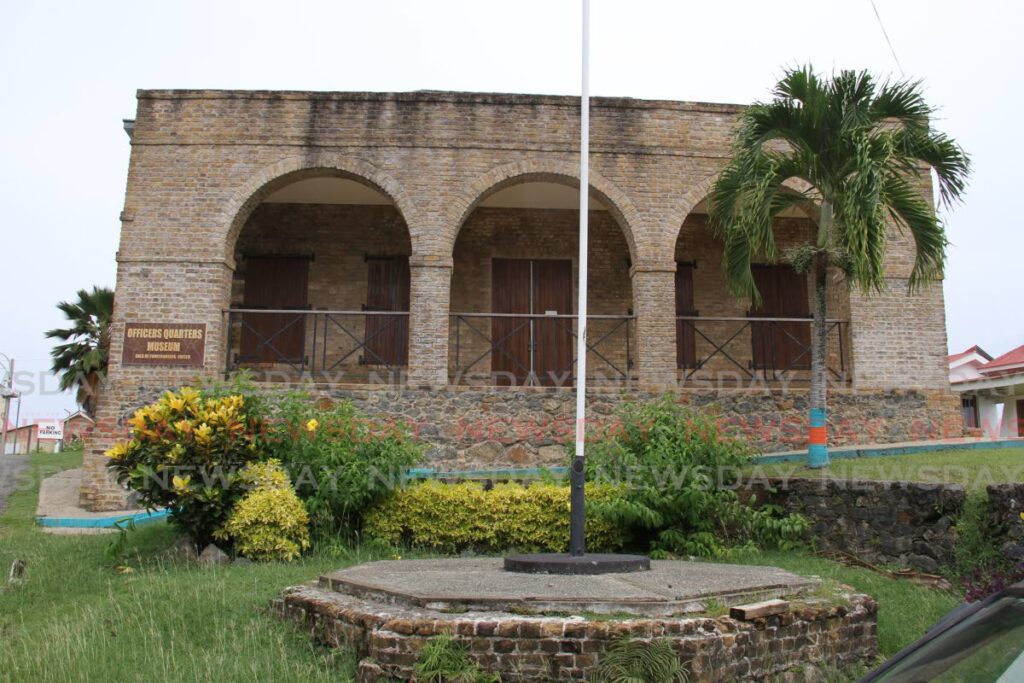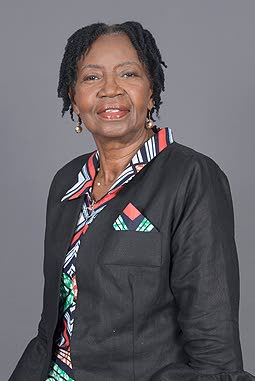The forces that shaped the history of Tobago

Dr Rita Pemberton
The history of Tobago reflects an interplay between the natural environment and human interaction which is best understood if it is examined during specific periods.
In the earliest phase, the island’s history revolved around its geography and the activities of the First Peoples; later, external factors such as the level of European interest and the policies they pursued, and its relationship with Trinidad shaped the historical trajectory.
During the early period, geopolitics propelled by economic concerns predominated.
In the later period, British possession and its changing role in the existing world order which determined the selection of crops for cultivation and the fortunes of the island’s sugar industry became dominant features.
Tobago’s geographical position made it convenient for the island’s First People population, who migrated from the South American mainland. But it not only allowed the settlement of several First People communities, but also became an important centre of a trading network between various communities from the mainland to the islands of the north. This trade was conducted without interruption until the advent of the Europeans.
The First People lived in small communities, usually close to rivers, in different areas, including Courland, Milford, Kings Bay, and Mason Hall. They lived by hunting and collecting food from the forests, fishing and small-scale cultivation and did not engage in wholesale land clearance.
This changed dramatically with the advent of the Europeans. European interest in Tobago was spawned by rivalry for colonial acquisitions. Supported by their false assumptions of superiority, any territory not occupied by Europeans was considered “unoccupied” and therefore available.
Tobago’s strategic location constituted a primary motive for European possession and settlement. Outside the circle of the Caribbean archipelago, it was on the route used by ships travelling to and from the mainland. This was of particular value to the Dutch, whose colony in Brazil was an important part of their imperial system, and the route was central to Dutch trading activity.
Tobago assumed importance as a port of call for ships in distress. It was desirable because it was possible to settle there without attracting the attention of rivals, in an ideal position to launch surprise attacks on rival European settlements and was considered a most desirable site for trade between established European colonies in the Caribbean and the South American mainland.
This made it the subject of fierce competition between the Dutch, Courlanders, French and British, as well as wars between Europeans and the First People, who fought valiantly to defend their territory. This contest raged through the 17th and first part of the18th centuries. The First People/European relationship was punctuated by attempts by one European power or another to forge a friendship with the First People in an attempt to eliminate European competitors.
The second factor was British possession. In 1763, Britain reigned supreme over its rivals and gained possession of the island. They hastily developed it as a plantation colony by dividing the land into saleable lots of up to 500 acres, put up for sale by public auction. Business prospects there attracted a large number of Scotsmen, who bought property and established sugar plantations. Captive Africans were brought and transformed into enslaved labour on the plantations.

The immediate response was the large-scale clearing of land to cultivate cane, which has been cited as one factor which stimulated the spate of resistance which enveloped the island in the 1770s. British policy therefore resulted in changing the composition and social structure of the population, which became dominated by a resisting black population (the labouring class) with a sprinkling of resident whites, the ruling class. Over time, illicit, forced relations between white males and enslaved black females created a coloured population, some of whom formed a middle segment.
The spread of European activity resulted in the marginalisation of the First People, and their attrition and ultimate extermination by the end of the18th century.
That Britain was the world’s leading imperial power, and by 1860 the leading industrial power and financial centre of Europe, made it an important market for the main products of its colonies. Hence Tobago’s trade was inextricably tied to Britain, whose focus was on sugar cultivation.
The island only enjoyed a very short period of prosperity, for post-1815 changes in the world economy caused the Caribbean to lose its central importance to imperial policy, which increasingly focused on free trade policy.
Tobago's decline was also compounded by its own decline as a sugar producer. The emergence of new producers in Cuba and Brazil and European beet sugar displaced Tobago; with British free trade policy, this signalled its end as a plantation colony of any significance. Estates on the island were heavily in debt and could not meet their financial obligations. Some were advertised for sale on the London market, but buyers were few.
This crisis in the island’s sugar industry caused the downfall of plantation owners and affected trade, the supply of imports and the purchasing power of the population. A fall in revenue left the island unable to afford the upkeep of its administration, which went through several permutations, ending in the abolition of its colonial government, crown colony government and ultimately, the two-phased union with Trinidad.
This led to another period in the island’s history. The relationship between the two islands was strained because of dissatisfaction with its position in the union and the feeling that central government did not care. This caused the population to support a movement for autonomy, which resulted in the establishment of the THA and the revision of the THA Act in 1996, and an ongoing call for greater autonomy.
Where the labouring class is concerned, after emancipation in 1838, the freed African population, despite the challenges it continued to face, demonstrated its resilience. The demise of the sugar industry opened the way for some of its members to acquire parcels of land and hence a black landowning class by the end of the 19th century.
In addition, the post-emancipation years were used to assert their African identity, which was manifested in more open expression of culture and traditions in food ways, language, proverbs, stories and folktales that have characterised the island.
Tobago’s history has also been affected by the global developments of the 20th century such as World Wars I and II and population movements. There was a strong migration out of Tobago as people sought better opportunities for education and employment elsewhere. The island also received immigrants from other Caribbean countries and from Trinidad.
Some of these new immigrants strengthened the African input in the island’s culture, but they all affected its history, which is an interweave of First People, Europeans, African, plantations and sugar, enslavement, freedom and survival, internal and external developments, within the space of 116 square miles.


Comments
"The forces that shaped the history of Tobago"